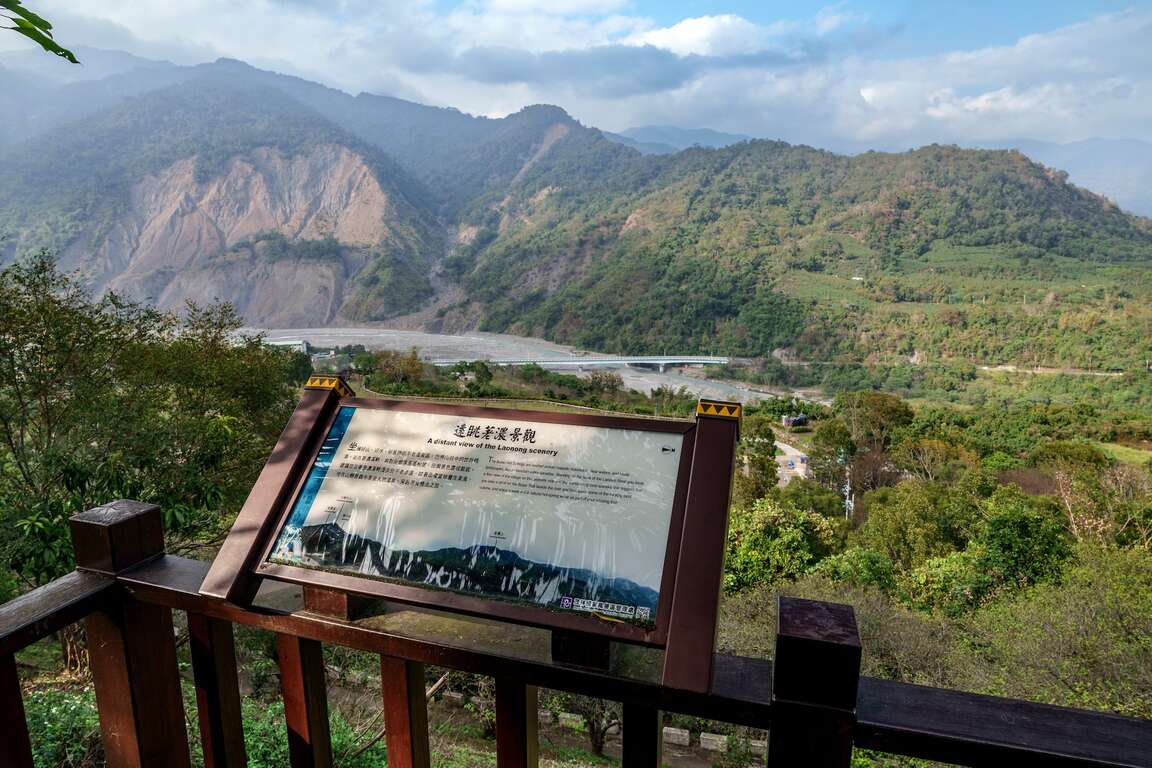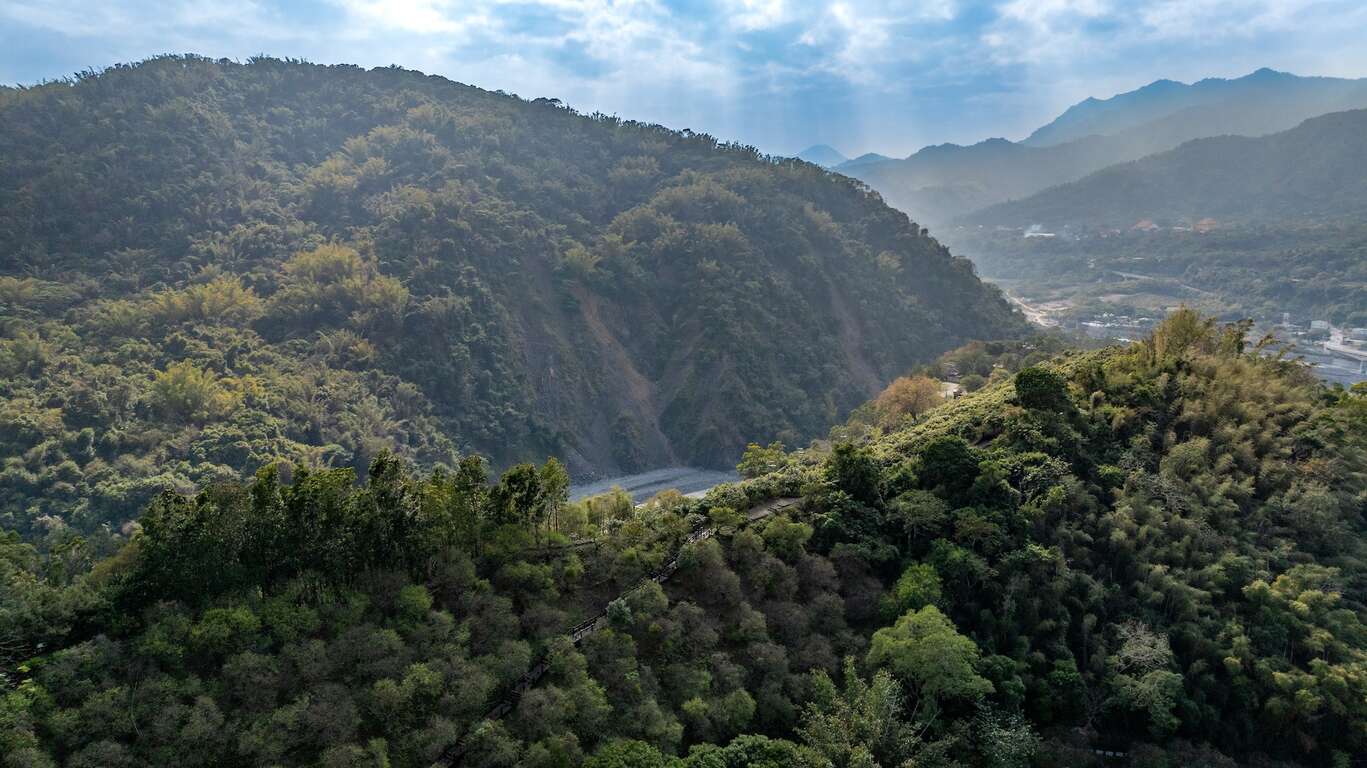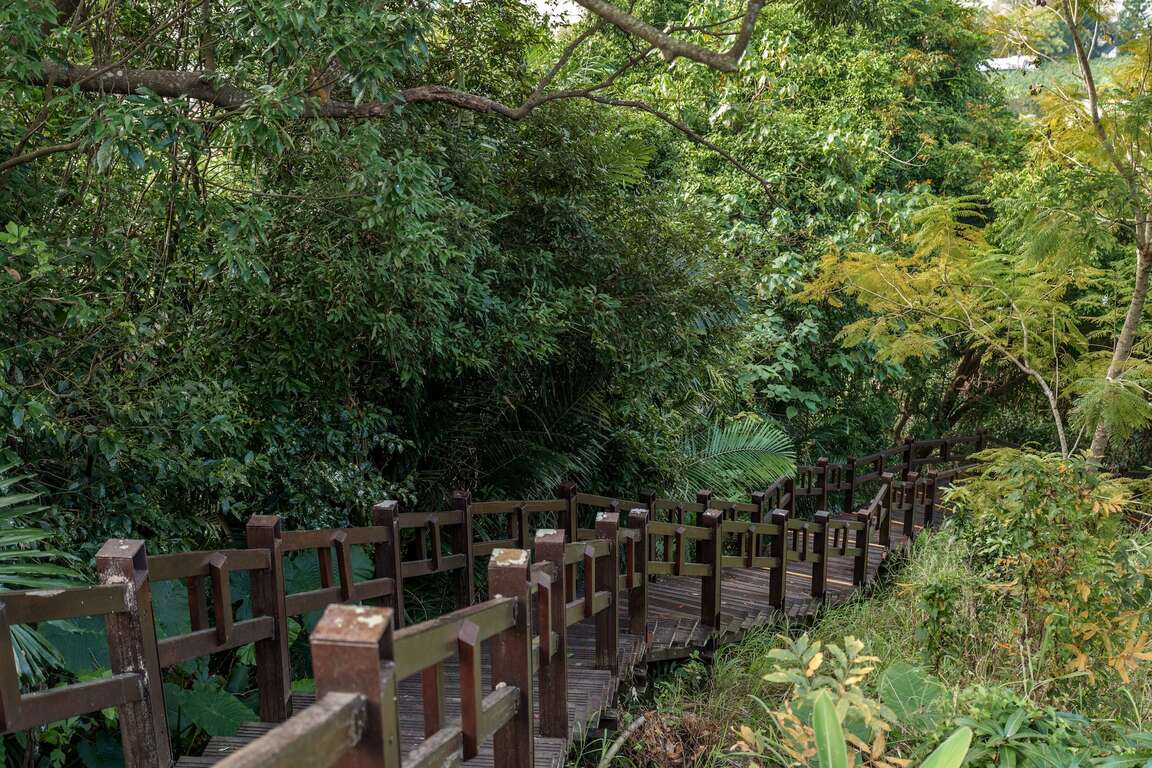Pulaixitou Tribe Historic Battle Trail
 4.4
4.4- mountain climbing and hiking
The trail entrance can be found in the Baolai Hot Spring Park in Liugui District of Kaohsiung. The trail is the namesake of the Pulai Xitou Tribe that found itself situated at the watershed separating the Laonong River and the Baolai River.
At the beginning of the 20th century, a Japanese anthropologist came across the relics of the Tribe, which also included the battlefield trail. The trail was built circling up the Meilong Hill to transport construction materials for a fort on the top in the Japanese colonial era, which was used to regulate the indigenous activities. The trail then became known as the Pulaixitou Tribe Historic Battle Trail now, serving as a reminder of history.
Visitors are recommended to spend an hour here. The trail is three kilometers long, and the pristine environment alongside is protected with ecological engineering methods. Said methods help to preserve a wide variety of plants on the two sides of the trail, including bamboos, Acacia confusas, Thymes, and plums.
- Sunday:Open 24 hours a day
- Monday:Open 24 hours a day
- Tuesday:Open 24 hours a day
- Wednesday:Open 24 hours a day
- Thursday:Open 24 hours a day
- Friday:Open 24 hours a day
- Saturday:Open 24 hours a day


